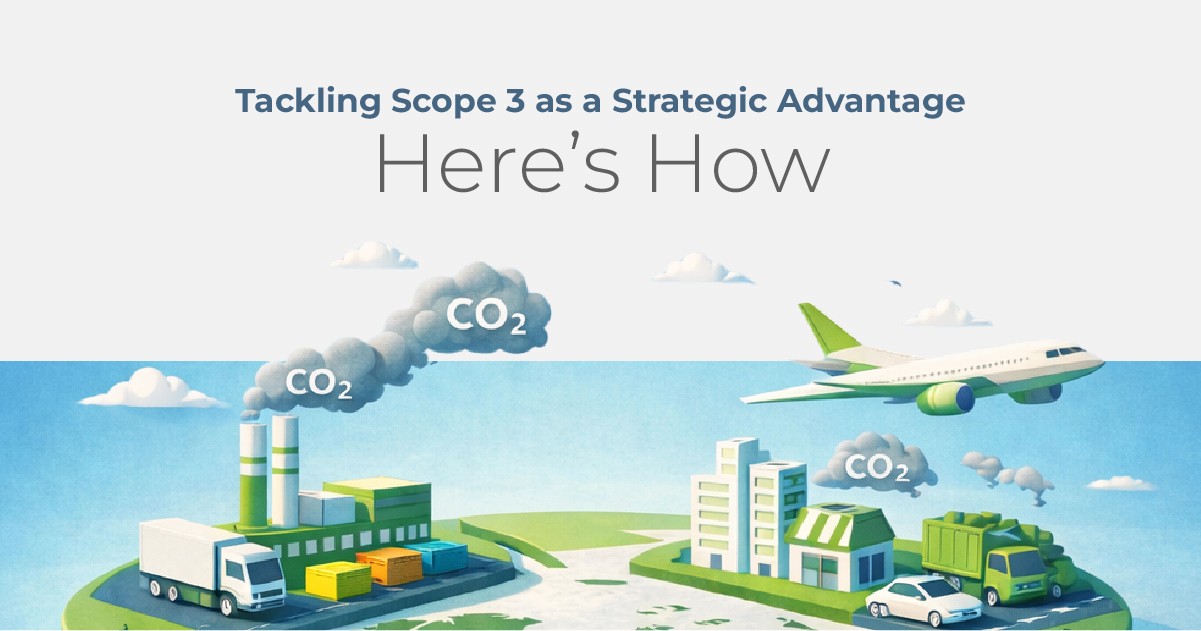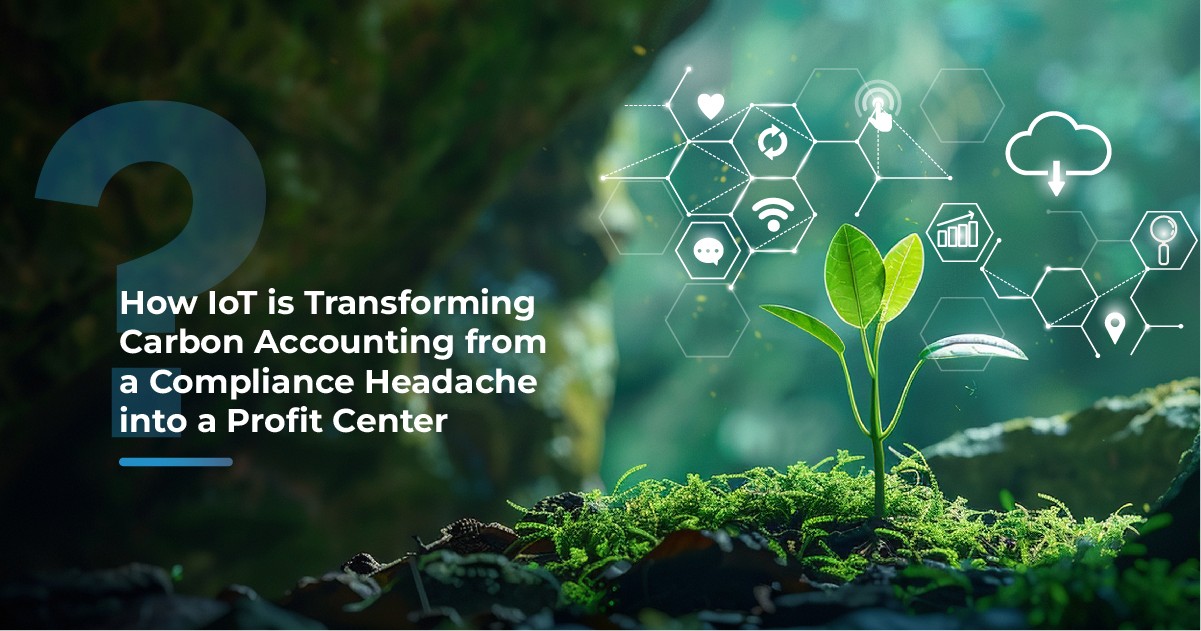The automotive industry is now more than just impressive design, it is about responsibility, transparency, and a vision of a better, greener future. As demand for sustainability rises, the automotive sector is rapidly changing and addressing its ethical decision-making and social, environmental and corporate relations is improving where it can be more purposeful and sustainable.
Responsible Sourcing: The Basis of Sustainability in Supply Chains
The journey of accountability begins at the value chain ground zero, at the raw materials and component processing stage. Key actions include:
Conflict-Free Minerals: Sourcing materials such as cobalt and lithium ethically.
Sustaining Materials Footprint: Increasing the number of recycled metals, plastics-bio-based, and sustainable composites that are used in vehicles..
Auditing Supplier ESG Compliance: Regularly auditing the environmental and social compliance of the Tier 1 and Tier 2 suppliers.
Promoting Digital Traceability: Using blockchain and IoT strategies to track raw materials and components from extraction to assembly to provide transparency.
Strengthening Supplier Capacity: Providing training and incentives for suppliers to practice green manufacturing.
Circular Economies: Working with suppliers to design for recyclability and reuse.
Local Sourcing: Site sourcing for raw material suppliers close to the factories makes it easier to reduce the carbon footprint.
Business Responsibility and Sustainability Reporting (BRSR): India's Sustainability Framework

In 2023, India’s Securities Exchange Board (SEBI) launched the BRSR framework, which applies to all listed companies (including auto brands) for full disclosure of all parts of their Environmental Social Governance (ESG). The implications of BRSR are:
Comprehensive Reporting: Companies must report ESG disclosures on the environment (energy, water, and emissions), social (labor practices, community engagement), and governance parameters.
Value Chain Reporting: Companies must incorporate the ESG performance of their tier 1 suppliers, expanding company reporting, and increasing accountability of other firms for ESG performance throughout their supply chains.
Staged Reporting: The BRSR framework will initially require the top 1,000 listed companies to report and then will eventually include all 4,500 listed companies by 2026.
Good Governance and Consumer Confidence: The framework promotes transparency and creates a path to ESG investing and increases the trust of consumers among millennials and Gen Z.
Assess and Improve: Companies can use BRSR data to find gaps and take action to strengthen sustainability performance.
Global Frameworks: The BRSR elements and metrics align with the GRI and SASB standards, helping Indian automakers stay competitive in the global market.
Carbon Border Adjustment Mechanism (CBAM): Navigating Export Obstacles

The EU CBAM, the Carbon Border Adjustment Mechanism, which will become effective by 2026, is a carbon tariff based on the carbon price of imported products. For automotive companies, this means:
Carbon Footprint Accounting: Automakers must accurately measure the carbon emissions of vehicle production and all components along the supply chain, including the mining of raw materials and the manufacturing processes.
Direct Costs: Determining the cost of vehicles based on carbon intensity. Tariff rates could affect the profitability margin.
Collaborating with Supply Chain Partners: Supply chains with suppliers that have high carbon emissions may face increased tariffs. Automakers will also need to collaborate with suppliers to reduce emissions and track and document reductions.
Investing in Decarbonizing: Automakers will need to accelerate the deployment of energy-efficient technologies to ensure they avoid escalated emissions tariffs.
Competitive Dynamics: Automakers producing lower-carbon vehicles will have access to the EU before competitors with vehicle portfolios with higher carbon emissions.
Strategic Integration: Ensuring CBAM compliance measures are included as early as possible in design and targeting sourcing for the product.
Risk of Exclusion: Not achieving compliance may limit or restrict access to one of the world’s largest automotive markets.
Greening Manufacturing: From Factories to Final Assembly

Automakers are transforming the automotive industry to lessen emissions and waste and increase resource efficiency:
Renewable energy adoption through solar, wind, or green power purchase agreements (PPAs) for providing power to their factories.
Upgrades to energy-efficient HVAC systems and smart energy management practices.
Implementing advanced wastewater recycling and treatment systems, different water sources, and limiting the volume of freshwater utilized.
Actions to reduce waste, include zero-waste-to-landfill, reusing and recycling, and the reuse of scraps from manufacturing.
Ability to apply circular manufacturing practices, such as remanufactured parts or apply circular assessments of products considering disassembly, reuse, and recycling.
Automakers are applying machine learning, artificial intelligence (AI), and the Internet of Things (IoT) in predictive maintenance and optimizing assets.
Training employees regarding sustainable practices and adopting a green workplace culture.
Making net-zero commitments for emissions from manufacturing, typically with targets in the year ranges of 2030-2040.
Responsible Showrooms: Enhancing the Customer Experience Sustainably
The journey of responsibility ends at the showroom, where customer interaction ultimately results in brand perception. Its significant outcomes are:
Digital Sales Platforms: Decreased use of paper through e-brochures, online financing, and virtual showrooms.
Green Certifications: Dealership recognition from LEED (Leadership in Energy and Environmental Design) or IGBC (Indian Green Building Council) - the green building standards.
Customer Education: Informing consumers on vehicle lifecycle emissions, eco-driving, and recycling programs.
Electric Vehicle (EV) Support: Initiate charging station installation and advocate for EV adoption.
Sustainable After-Sales Support: Battery recycling, parts remanufacturing and sustainable servicing.
Community Involvement: Engagement through events and campaigns to promote sustainability regarding mobility.
Accelerating Toward a Sustainable Automotive Future
Responsibility is redefining the route to new sales opportunities for the automotive sector. This new level of accountability provides transparency and support, detailing, and data collection systems. With BRSR and CBAM reshaping the industry and consumer demand rising, automakers must put responsibility at the core.
By fast-tracking responsibility, manufacturers are creating more than vehicles—they’re driving a cleaner, fairer, and stronger future for mobility.





